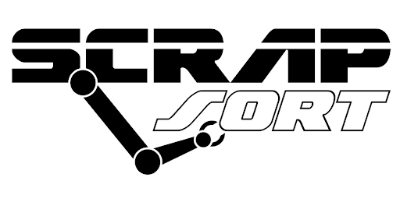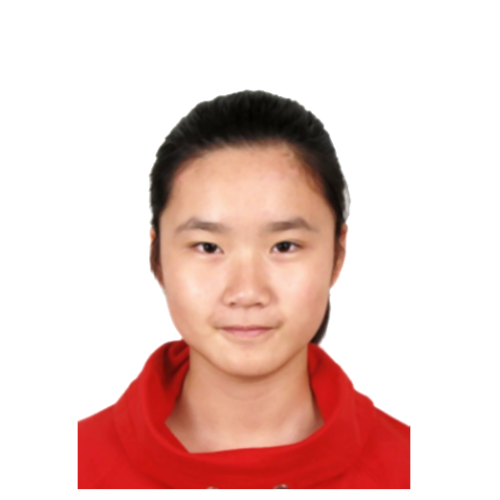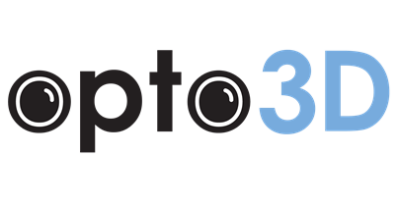CE Capstone - Projects
2021-2022

Scrap Sort
Members

Geffen Cooper

Bethany Long

Kat Copeland

Tyler Ekaireb

Vincent Benenati
Description
Scrapsort is a mechatronic system designed to sort recyclables at the edge. It aims to provide an efficient and inexpensive solution to the growing problem of waste. At the heart of Scrapsort lies an ultra-low-power microcontroller, the MAX78000, which includes a hardware accelerator for convolutional neural networks (CNNs). Scrapsort implements a lean machine learning model that can identify and categorize various recyclable materials, such as glass bottles and aluminum cans, while in motion on a conveyor belt. As the items travel down the conveyor, a series of pneumatic cylinders sort the recyclables into storage bins. Simultaneously, a robotic arm leverages a pneumatic suction cup to separate more valuable recyclables from the process stream. Scrapsort is designed to frontload the task of categorizing waste, so that it can be processed more efficiently and salvaged to the fullest extent possible.
Resources
Sponsors

aerobot
Members

Eric Buckland

Angela Chen

Kim Dang

Tom Zu
Description
AeRobot is a system designed to navigate and map a foreign area under high-interference or wireless obstructing areas. It integrates multiple functions on a remote-controlled robot, including LIDAR for local area mapping, live camera feed, a node deployment mechanism, and motors for effective navigation throughout an environment with low RF permeability. This robot deploys self-sufficient, low-cost battery-powered nodes which seamlessly connect over RF for data transmission and integrate a PIR sensor for proximity awareness. There is a seamless node data transmission between newly deployed nodes and the existing network, and the system is able to efficiently transmit and display the camera and LIDAR integrations over this network. The interface on the laptop is a view of the live camera from the robot, a top-down view of the robot’s mapped area, and a catalogue of all PIR sensors’ data from each node.
Resources
Sponsors

CUDA
Members

Noah Corona

Alex Lai

Jimmy Kraemer

Moises Gutierrez

Srikar Arani
Description
Cuda is a medical diagnostic device capable of detecting a life threatening condition called coagulopathy that occurs commonly in physical trauma patients. The device performs electrochemical analysis on a blood sample inserted by the user and returns the results upon test completion to a smartphone application over Bluetooth. This is an improvement over Aptitude’s current testing ecosystem that is only able to communicate test results via a simple 3 led interface. Cuda also provides many more features to Aptitudes medical testing ecosystem such as integrated patient data tracking, and test result visualization.
Resources
Sponsors

ADA
Members

Matt Hahn

Aidan Murphy

Kevin Yuen

Rafael Cruz

Venkat Krishnan
Description
Acoustic Detection Array (ADA) aims to detect and locate the source of large sonic impulses often indicative of poaching in the wild, blast fishing, and other loud sounds. This is done by deploying self-sufficient, low-cost battery-powered nodes with appropriate sensor equipment, that seamlessly connect over RF for data transmission. The use of multiple nodes allows the accurate and precise location detection of the origin of a high impulse acoustic sound. This project involves the design and construction of a complete array of nodes utilizing various hardware parts, a unique PCB, and various software signal processing algorithms.
Resources
Sponsors

GEM
Members

Michael Sanchez

Alejandro Diera

Larry Mai

Sawyer Essabhoy

Yuen Pang
Description
The Geographic Envirnoment Module (GEM) is able to monitor surrounding conditions of agricultural lands through the use of multiple sensor nodes. These nodes are very low-power, communicate over LoRaWAN and are deployed in areas like farms and gardens, allowing humidity, temperature, soil moisture levels and other characteristics to be monitored. This data is then sent to the cloud where it is analyzed via machine learning techniques to predict long-term patterns and future information.
Resources
Sponsors

Opto3D
Members

Rami Dabit

Brian Lee

Matt Wong

Sanil Baweja

Thomas Stubbs
Description
Opto3D is a integrated stereo camera and video output processing system meant to reduce the cost of existing real time 3D video processing systems. Existing systems rely on a large host computer to capture the image signal through a USB interface, process the data, then send to the monitor to view in 3D. The Opto3D camera system will bypass the need for a host computer, instead using an Nvidia Jetson TX1 to handle video processing, camera control, and video output.
Resources
Sponsors

Portunus
Members

Nazar Rybii

Charanpreet Singh

Matthew Aragaw

Noah De Los Santos
Description
Modern vehicles today are beginning to implement smartphone control as an alternative to car keys. However, auto manufacturers have no common standard in implementing smartphone control. Project Portunus creates a secure, plug-and-play implementation of smartphone control using Allthenticate’s suite of hardware and software encryption tools. The project utilizes a minimally based design using a Raspberry Pi to connect to the OBD II port and communicate with the vehicle via the CAN bus. The module will perform necessary functions such as locking and unlocking doors, tracking vehicle location, and turning lights on and off. The final device works over bluetooth with Allthenticate’s mobile app for control.
Resources
Sponsors

Spot On
Members

Ian Wu

Haoming Chen

Jiachen Zhang

Kyle Wong

Zanoria Isaac-Neil
Description
Spot On is an implementation of an intelligent parking sensor system powered by image recognition. The key components of Spot On are MAX78000 microcontrollers to facilitate the detection of whether parking space are available or not. The MAX78000 provides Convolutional Neural Network acceleration, which allows a custom ML image recognition model to run in near real time. The system uses LoRa transceivers integrated into each sensor module, and a central gateway will receive and save the data into a database. Available parking spaces are displayed via an Android app to allow users to locate free parking spots quickly and efficiently.